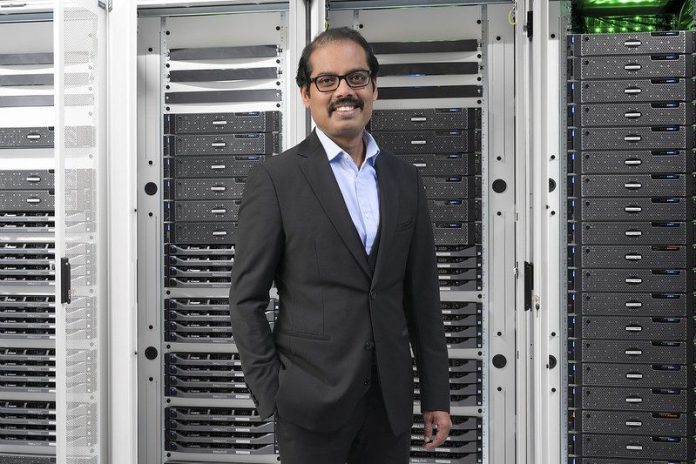The utility of industrial automation is inextricably linked to mobility and portability, says the chief technology and information officer of O2 Telefónica. And mobile network operators bring to the managed network table, managed spectrum (and experience in managing it for millions of users), security and the mobility/portability that comes with a macro network.
While Wi-Fi is usually present on industrial shop floors, the unmanaged nature of the spectrum poses a challenge, CTIO Mallik Rao explained during a press breakfast at the recent Hannover Messe 2022 conference. “Really, if you want to use industrial automation and automated solutions, this network cannot scale—because mobility is the name of the game. Every industry will need mobility, from one or two centimeters to kilometers.”
He goes on to declare: “Without mobility, there is no point in doing any industrial automation.”
Rao gives the example of a private 5G network which Telefonica Germany built for Mercedes-Benz, which provides extensive coverage within its factory to support various use cases. But as soon as a vehicle rolls off the production line, he says, it is parked several kilometers away and out of reach of the network, making it difficult to locate a particular vehicle if, say, it needs to come back into the factory.
“The dedicated network must definitely talk to the public network,” he adds. He expects that with increased geopolitical tensions due to the war in Ukraine, the level of security that is achievable in private cellular networks will also become a more important factor in technology decisions.
Mobility will also follow widespread fiber investment, Rao says, and points out that billions of dollars are being spent to extend fiber networks in Germany. At the same time, O2 Telefónica is aggressively turning up 5G: It currently covers about 40% of Germany’s population with 5G and expects to reach half by the end of this year, then cover all of Germany by the end of 2025.
That timeframe falls in line with about when Telefónica expects to see private 5G really take off in Germany. Rao says that pilots are expected to take place this year, but that more networks and solutions are expected to emerge over the next two to three years. By that time, the pressure and delays from the current semiconductor chip shortage are expected to have eased, he added, which will help to ensure more widespread availability of devices with embedded 5G capabilities and drive uptake.

